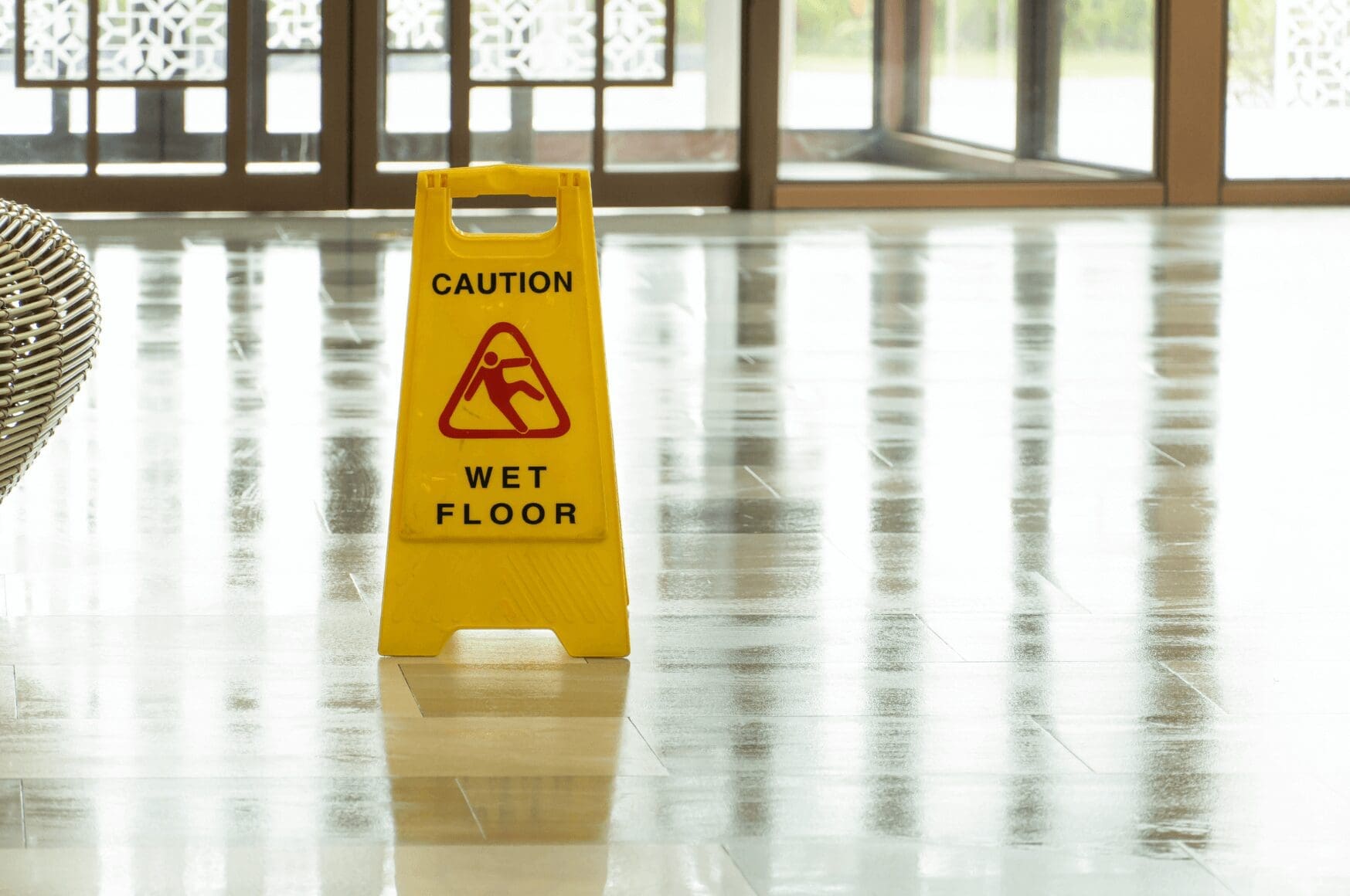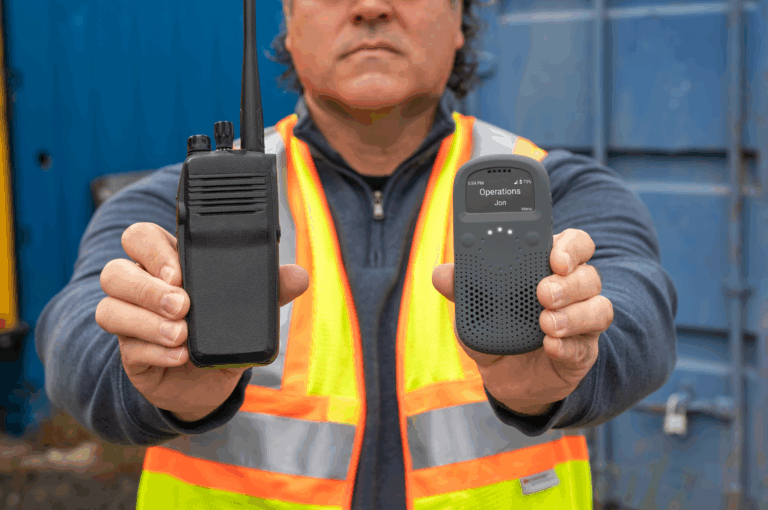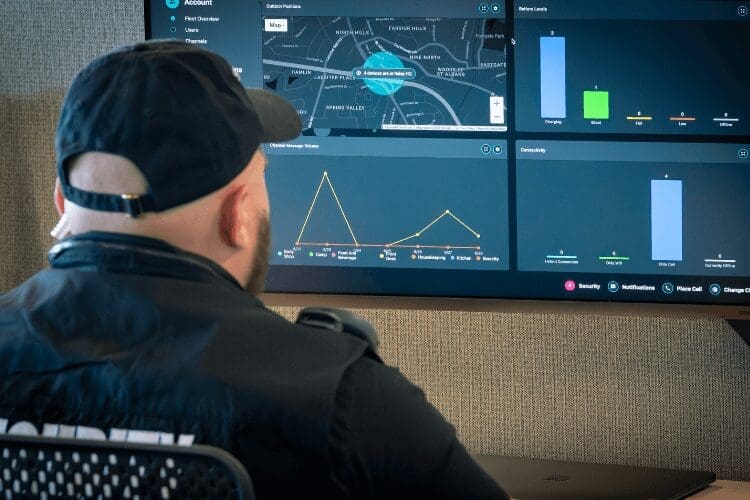Safety is fundamental for the hotel industry. From welcoming guests to managing everyday operations, maintaining a safe environment is important for both guest satisfaction and employee well-being. However, hotels can face safety risks like severe weather, fire, slips and falls, and even security breaches, which can impact guests and staff, as well as the hotel’s reputation.
The good news is that with the right tools, hotel teams can respond faster, collaborate more efficiently, and stay one step ahead in maintaining a safe environment at all times. In this blog post, we’ll explore three common safety risks that hotels face and provide practical solutions to address them effectively.
1. Fire Hazards and Emergency Situations
Fires are one of the most serious safety risks hotels face due to many potential hazards like faulty electrical systems, cooking equipment, and even smoking areas. To add to it, hotels, particularly larger ones, have complex layouts, with guests and staff spread across multiple floors. In such situations, both guests and employees are at risk, and delays in response can lead to severe injuries or even deaths.
To address these fire hazards effectively, hotels are turning to advanced communication tools that support instant alerting across the property. For example, when a fire alarm is triggered, the closest staff can immediately alert all relevant team members with a panic button, from security personnel to front-desk staff, so they can coordinate their actions immediately.
Real-time communication tools also streamline evacuation procedures. Staff can guide guests to safety while staying in constant contact with their teams, so no one is left behind. Additionally, these devices often come equipped with emergency response systems to provide automated alerts, minimizing confusion and panic during critical moments.
Above everything, these devices support language translation so non-English speaking employees can follow protocols in their native language or translate instructions for guests who speak another language.
2. Slips, Trips, and Falls
Slips, trips, and falls are some of the most common accidents and biggest concerns for hotels. Caused by wet floors, uneven pathways, or even cluttered corridors, these incidents can lead to injuries that disrupt a guest’s stay or an employee’s ability to perform their duties.

Source: Relay’s 2024 Hospitality Report
For hotels, the repercussions extend beyond the immediate. An injured guest could result in negative reviews or even legal action, while staff injuries mean lost workdays and lower morale. These accidents can even damage the hotel’s reputation and incur significant costs if not managed proactively.
Instant communication tools help hotels address these risks. They enable any employee who sees these hazards to immediately inform the on-ground staff for quick action. Additionally, visible safety signs in areas prone to slips or falls, such as near pools or freshly cleaned floors, also reduces risks.
By combining advanced tools with good practices, hotels can minimize these preventable accidents to create a secure environment for everyone.
3. Security and Theft Risks
Hotels may face security challenges, from unauthorized access to thefts in public areas or even acts of violence. These threats jeopardize the safety of guests and staff while causing reputational and financial loss to hotels. For example, a single incident of theft or an altercation can leave lasting negative impressions, leading to fewer return visits and potential legal liabilities.
Unsecured areas like parking lots, storage rooms, or quiet hallways are particularly vulnerable. Guests may worry about the safety of their belongings, while employees might feel unsafe performing duties in isolated locations.
To combat these threats, hotels are leveraging real-time communication tools with built-in panic solutions and location tracking, so the nearest personnel can respond swiftly to potential threats. Automated security rounds further improve safety by removing manual check-ins, allowing teams to focus on proactive threat mitigation. This combination of automation and instant communication builds a safer environment for guests and employees alike.
Role of Employee Training
Effective employee training is also vital. Staff should be equipped with the knowledge to handle security breaches and use communications tools effectively during emergencies. For example, front desk personnel can learn to recognize fake IDs or handle escalating guest disputes calmly while immediately notifying security for support.
When hotels take such proactive steps to address these security risks, they build trust with guests and create a safer environment for employees.
Strengthening Hotel Safety with Smart Solutions
Hotels face risks like fires, accidents, and security threats everyday, but modern tools offer effective solutions. Technologies like Relay boost safety by enabling real-time communication, faster responses, and seamless coordination during emergencies. Employee training further strengthens protocols to protect guests and staff alike.
With these smart solutions, hotels boost safety, build guest trust, and create a secure work environment. For more actionable insights, download our ebook – Rethinking Hotel Safety with Cutting-edge Communication Tools, and take your hotel’s safety to the next level.








